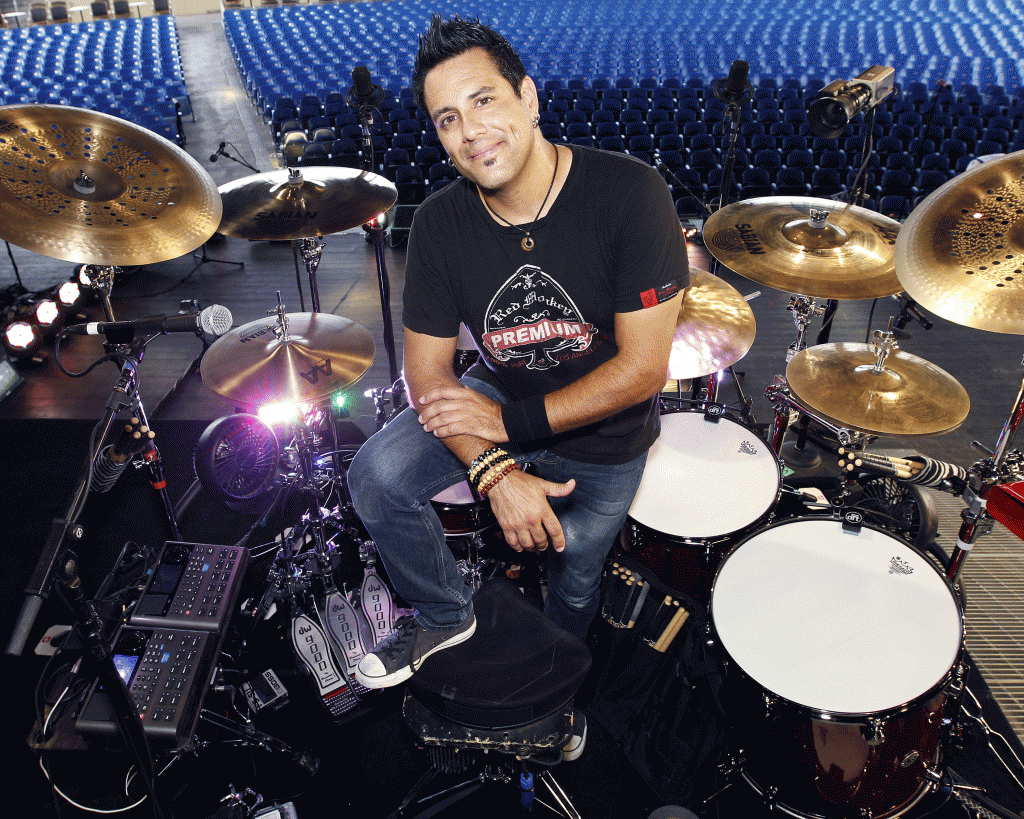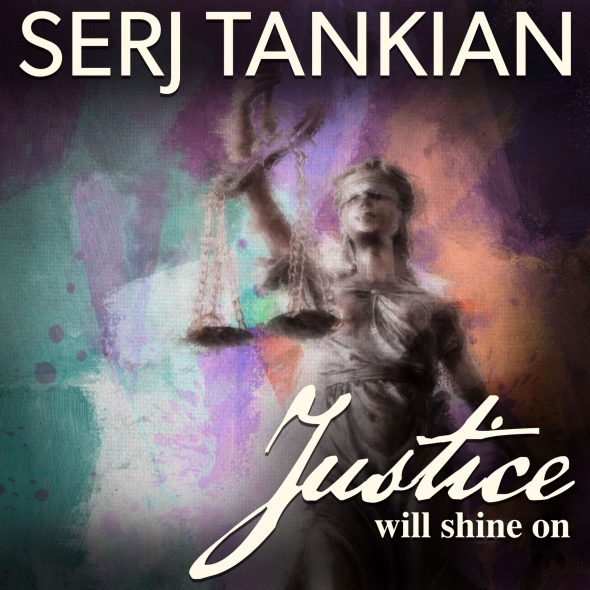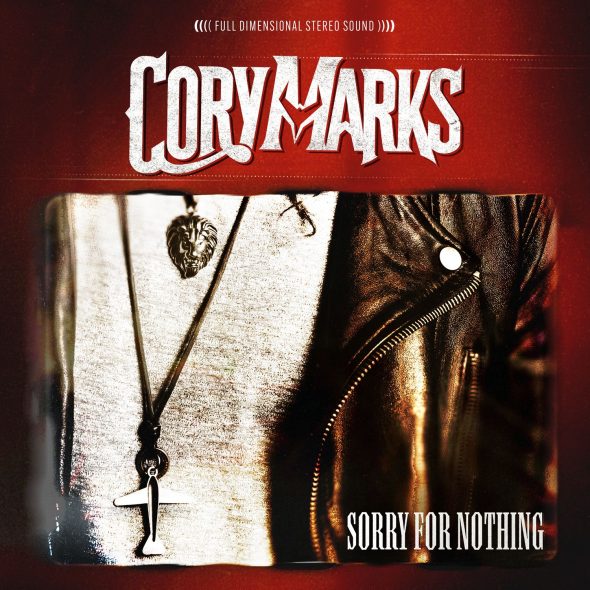An insider’s guide to session drumming
by Rich Redmond
As a 15-year veteran of the Nashville music scene, I’ve been fortunate enough to record 10 number-one hits with country rocker Jason Aldean, a number-one hit with the pop-country duo Thompson Square, as well as hits by Steel Magnolia, Doc Walker, Rushlow and many others. I get email all the time from fresh-faced music school graduates seeking advice on how to break into the recording scene and become full-time session drummers.
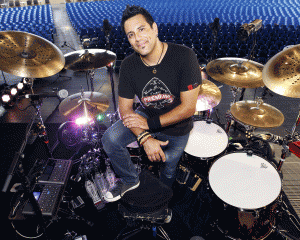
Let’s face it: The music business has changed drastically in the last 15 years. The music industry is selling less music and as a result, fewer professional musicians are recording music. However, the number of drummers looking to break into recording work continues to grow. So, more players have fewer opportunities for work. In other words, the music business has continued to become more competitive than ever.
The best business plan for today’s drummer is to live the dual life of being a touring drummer and a recording drummer. This mindset gives you the greatest chance to find yourself behind a set of drums everyday. Unless you are in a Grammy award-winning band with a global fan base, you will need to play every day to make even a decent living. In my experience, playing live leads to session work, and session work leads to live gigs and tours. Embrace it all, and go to where the work is.
Having made a living in the music industry as a professional drummer, I would like to share some of my experience and insights to help you create opportunities for yourself and to be prepared when opportunities come your way. Here are 12 ways to get more gigs as a session drummer.
Be versatile
Versatility is the most important skill a drummer can have in the studio. You may be asked to switch gears from jazz, big band, heavy metal, easy listening, fusion, pop or country music in a short time period or even one song! Having a working knowledge of the commonalities and differences between these styles is paramount. Music is a language, and all styles have their own dialects. Study the artists who popularized these styles and the language and rhythms of the drummers who worked in that style.
When I moved toNashville, I went to a used record shop and loaded up on the greatest-hits packages of artists like Merle Haggard, Tammy Wynette, Loretta Lynn, George Jones, Waylon Jennings and Hank Williams. I wanted to truly understand this music. You have to learn the rules so you can break them. I studied drummers like Buddy Harmon, Larry Londin, Tommy Wells, Jerry Kroon and Eddie Bayers. I eventually went on to become friends with some of these gentlemen. That never hurts, either!
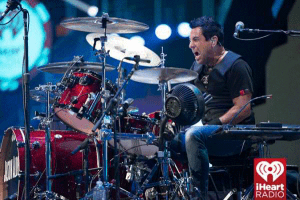 If you want to learn from overall studio legends, study Earl Palmer, Hal Blaine, Steve Gadd, John Robinson and Jeff Porcarao. To learn more about rock styles, study Charlie Watts, Ringo Starr, Keith Moon, Mitch Mitchell, Carmine Appice and John Bonham. For jazz, study Chick Webb, Gene Krupa, Max Roach, Tony Williams and Buddy Rich. The list goes on and on.
If you want to learn from overall studio legends, study Earl Palmer, Hal Blaine, Steve Gadd, John Robinson and Jeff Porcarao. To learn more about rock styles, study Charlie Watts, Ringo Starr, Keith Moon, Mitch Mitchell, Carmine Appice and John Bonham. For jazz, study Chick Webb, Gene Krupa, Max Roach, Tony Williams and Buddy Rich. The list goes on and on.
Actively seek out live playing experiences with different types of musicians and bands. The more real-world experience you have with styles, the more “deep” and authentic your take on them will be. By listening to many styles of music, you create a well of knowledge that will help you in any musical situation. Many times, producers, artists and songwriters reference other songs, bands, artists and “vibes” to help communicate how they want their music to sound. Know your styles.
Have a positive attitude
Attitude is the one thing that can make or break a person. More often than not, it is the first thing people will remember about you. You can be the greatest at your craft in the world, but if you serve it up with a bad attitude, no one will want to work with you.
Be flexible, be open, be giving and make the experience about everyone else. Give more than you receive. Make others comfortable. Offer up an incredible experience drenched in positivity, and nothing can stop you from succeeding. People line up to work with those who have a great attitude. It’s been said so many times, but it’s the truth: Attitude is everything.
Be flexible
Can you take direction and not be offended? A session drummer is in the business of making a client happy. You are there to serve. The client may have suggestions on everything from song structure, to style, tempo, “color” choices, musical attitudes, articulations, loops, percussion overdubs, snare drum and cymbal choices — anything. Make the client happy, and do it with a smile on your face.
Life really is collection of experiences. Give everyone in the room an unforgettable and enjoyable experience, and they will tell all of their friends and colleagues about you and what you do. The music business operates on a word-of-mouth basis. Be flexible, open and giving, and people will talk about you.
Make it groove
In the recording studio, a drummer’s time “feel” — his or her sense of time and rhythm — is under a microscope. A recording is essentially a snapshot of a performance or a record of a performance caught in time — literally. Although everyone in the rhythm section has the job to help create a magical time flow, the job ultimately starts and ends with the drummer.
The drummer has to play great time with a flowing and inspirational groove, which leads to that “healing feeling” that only music can create. Play great time, make it groove, and watch everyone feel awesome about the song, the session and themselves. That’s powerful stuff! You can have that kind of effect on people with the savvy use of rhythm and drums.
Play with clicks and loops
A click track is an electronic or percussive signal generated by a drum machine, metronome or DAW (Digital Audio Workstation like Pro Tools). It is a very efficient, effective way for a group of musicians to create that magical time feel in a short time period. It is also incredibly useful for digital editing. With digital editing, multiple takes of performances can be effortlessly spliced together to create the holy grail of performances.
The majority of modern music is recorded with a click track. These days, it becomes an artistic decision to not use one. The click usually does not end up in the final mix, so a skilled session drummer must learn to play perfectly “on” the click or to swim around it. Manipulating where you place your beat can create different time feels.
A loop is a rhythmic phrase, usually percussive in nature that will make it to the final mix. The drummer must play very tight, if not perfectly with the loop. The ability to effortlessly play with clicks and loops is one of the most important skillsets for a session drummer. Record yourself often! It’s also always smart to carry your own loops on a laptop, drum machine or iPad, in case you work in a studio that doesn’t generate click. Always be prepared.
Read and write charts
Session drummers are expected to record perfect takes of songs almost immediately after hearing a song for the first time. Since there is no time to memorize the arrangement, musicians often use charts to get to the finish line faster. There are several types of charts: Chord charts, transcriptions, phrase charts andNashville number system charts.
- Chord charts outline the form and harmonic structure of a song using letters like C#, G and D with very common shorthand.
- Transcriptions lay out an arrangement in a very specific note-for-note fashion. These are common on classical dates, symphonic dates, jingles and movie scores. Everything from specific tom fills, to cymbal crashes and even the hi-hat openings and closings is notated. I developed good reading chops by playing in many classical and big-band environments. You may also be asked to replace another drummer’s performance or programmed part note for note. You have to be able to quickly write out what you hear the drummer or programmer do. Sometimes the drums are the last piece to be recorded. When this happens, I will write out what the bass player played, so I can lock up my right foot with what he or she has already played.
- Phrase charts outline the major phrases and song structure. A drummer can use this rough outline to “paint a picture” in the moment. I also use this method to create “cheat charts” for live gigs. Every drummer has his or her own way of doing this, which is usually born out of necessity.
- The Nashville Number System is a way of outlining the harmonic structure of a song by using numbers that correspond to chords. For example, in the key of C, 1 would stand for C major, 4 would represent F major, and 5 would be G major. It’s a very efficient method of charting and communicating a song form quickly.
Tune it
Everyone in the industry has a different philosophy on tuning. Perhaps it is more art than science. Remember, there is no right and wrong, just what’s right for the music you play, the taste of the producer/artist/engineer and the room you are recording in. Again, be flexible. Remember, it may sound great to you on the tracking floor, but it may not translate to the folks behind the glass. They are hearing “the truth.” Be open to their input and suggestions. I always trust my engineer (if he or she is good!).
Play with a great tone
Tone is the sound quality a musician produces on his or her instrument. The better your tone, the better your chance of getting called frequently by many clients. People have to enjoy the sound you get on your instrument. It should be pleasing to the ear, appropriate for the type of music you are playing and consistent.
Consistency in your tone and touch on the instrument is paramount. Give the engineers a strong signal that is balanced in dynamics from stroke to stroke. Tone is a radical thing, because you can take it with you anywhere you go. A great drummer can play on any drum set and have a personal or signature sound. It may take a while to develop or find that sound, but it is well worth the journey.
Have a vast sonic palette
Start with one versatile and special sounding set of drums. Try a 22-inch kick drum, two toms and a snare drum that you can tune high, mid and low. You want to be able to cover lots of bases at first. Also, have versatile cymbals that sound great under microphones.
As you expand your color options, you can add 18-, 20-, 24- and 26-inch kicks to your arsenal, along with multiple snare drums ranging from 3.5- to 8-inches deep and made of steel, brass, chrome, copper, bronze and of course, wood. You can accomplish much with a Ludwig Acrolite-style snare drum. This drum is so versatile that you can go from Fleetwood Mac thump to Bonham mid-range swagger to Stewart Copeland-inspired reggae with just a few turns of a drum key.
Experiment with tunings, dampening (moon gels, tape, tissue paper, notebook paper) and other sound modifiers. KNOW YOUR DRUMS! Be able to change their sound and attitude quickly. Experiment with head choices and know how these choices will affect the sound of the instrument. Try playing a bass drum “open” with no muffling, a bit of muffling and lots of muffling. Try beaters made of wood, plastic, felt and wool. Practice leaving the bass drum beater in the head or pulling it out of the head after each stroke.
All of these choices will affect the sound, feel and vibe of a track. Be sure to have wire and plastic brushes, hot rods and blastix as well as a variety of mallets.
Say no to red light fever
A red light in the studio used to mean “recording in progress.” Don’t be caught like a deer in that red light! When recording starts, be confident and execute! Concentrate for those 3.5 minutes of your life and you will love the results. Remember that things usually sound way better on the other side of the glass. Trust your instincts! Be confident and play from the heart. If people are smiling on the studio floor and behind the glass, you are probably doing something right. Own that moment. Make it yours.
Play percussion
A good drummer always knows how to play a bit of percussion. The ability to play fun and exciting tambourine, shaker, maraca, triangle, conga, bongo, djembe, cajon or other noisemaker overdubs can set you apart from the masses quickly. It’s a great way to help shape what the full drum and percussion palette will sound like with just one player. It also doesn’t hurt to make twice the amount of money, right?
Why bring in a percussionist, when you can do it yourself? Having this skill and mindset has also allowed me to overdub percussion on many other drummers’ tracks (Lonnie Wilson, Eddie Bayers, Greg Morrow, Chad Cromwell, Tommy Harden, etc.) with artists like John Eddie, Lila McCann, Trace Adkins, Montgomery Gentry, Marty Stuart and many others.
You can also add some zest to tracks by using products like Roland’s Hand Sonic. This is a great tool — for drummers who don’t play hand drums — to add true-to-life, high-quality samples to tracks by playing trigger pads with their hands. This unit has thousands of percussive sounds from around the globe in one portable box. You can’t beat that.
Be a Boy Scout
Always have extra parts and tools. I always have a standard toolbox, WD-40, lug locks, cymbal felts, snare wires, spare parts, etc. with me. I always have a back-up bass drum pedal and snare stand. If your primary gear breaks down, you don’t want to slow down the session with time-consuming repairs. Time is money.
Run your business
Art and business don’t always go together, but you have to run your music career like a business or you won’t be around or long. Remember this:
- Return calls, texts and emails promptly. Have you ever heard the phrase, “the early bird gets the worm?” It’s true.
- Have a business card.
- Have an up-to-date website.
- Use social media to help build your brand. It’s free, fun and will help you keep your name in the public eye. Show your personality and you will attract like-minded people to you. Social media changed the world. Don’t be left in the dark.
Keep it fun
There are definitely easier ways to make money than playing drums. Ha! Be sure you do it for the right reasons. Keep it fun, and remember why you got into playing music in the first place. Keep things fresh by listening to new and exciting music and playing music you have never played before.
Maintain balance in your life with love, friends, spirituality, exercise and hobbies. I love travel, food, fashion and film. Stay inspired, youthful and vibrant, and you’ll be listening to lots of playbacks!
I hope this information has resonated with you and that you find it helpful. I’m always happy to answer questions via email. In addition to session drumming, you can contact me about production work, songwriting, drum lessons (via Skype or in person), drum clinic/speaking engagements, guest artist appearances with high school/collegiate ensembles or playing drums on your next recording via the Internet.
Remember: Play from the heart, it will set you apart!
Rich Redmond is an influential touring and recording drummer/percussionist whose versatile, rock-solid drumming is the sound behind many of today’s top talents. Based in Nashville and Los Angeles, Rich has performed with Jason Aldean, Lit, Ludacris, Kelly Clarkson, Bryan Adams, Joe Perry, Jewel, Miranda Lambert, John Eddie, Pam Tillis, Susan Ashton, Deana Carter, Kid Rock, Lauren Alaina, Luke Bryan, Marty Stuart and many others. Rich has recorded 10 number-one singles with the Grammy-nominated country rocker Jason Aldean who has sold seven million albums and 13 million single downloads.Redmond has also played numerous TV shows from Leno to Letterman to The Grammys. He also leads a production team known as “NV,” which is constantly developing new talent such as Thompson Square, whose first single “Are You Gonna Kiss Me or Not?” was a number-one single and the most played song on radio in 2011.Redmond brings his “CRASH Course for Success” motivational event to drum shops, music stores, high schools, colleges and corporate events across the country. For more information, visit:

